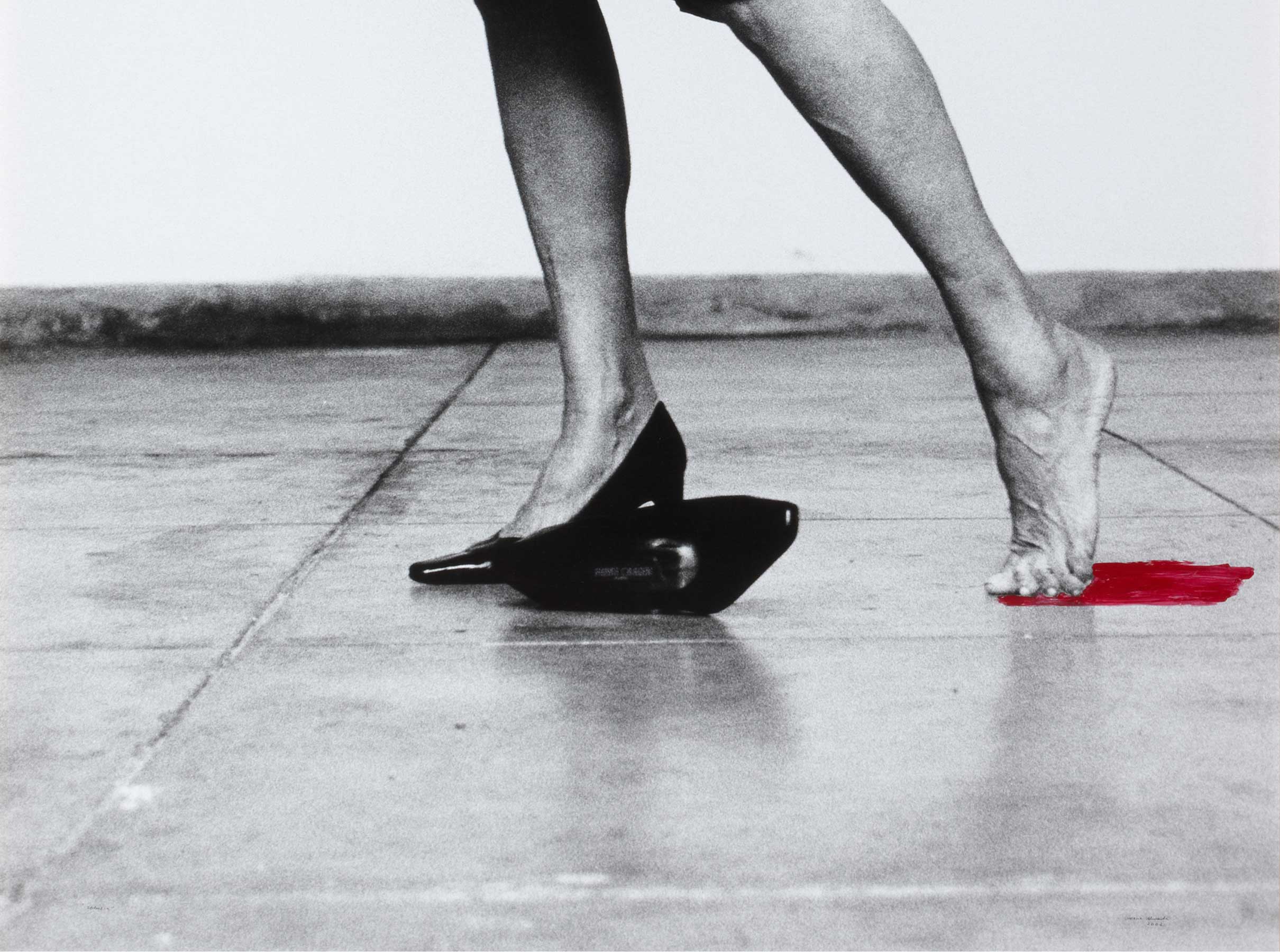Ilha
- 2006
- Oil on methacrylate painted on the reverse side
- 42 x 60 cm
- Cat. P_745
- Acquired in 2007
Although Gil Heitor Cortesão had already begun to exhibit his work some years earlier, Ilha (2006) dates from a very early phase in his career. Like for the great majority of artists, this was a time of experimentation and searching for him. In Cortesão’s case, this process involved a search for both content and the production technique itself. Cortesão has a very special approach to his work, spreading the paint over the surface of the methacrylate to form a composition that is recognisable to the viewer on the visible side, yet nonetheless like a mirror in its origin, as if the image had emerged from the back, as we see here. This characteristic feature of the artist’s work lends it its own special character.
His work references the origins of modern art, with the shaping of the metropole, with artists turning their gaze to nature as a new reference point and leaving the divine behind. For this reason, themes such as architecture, urban development, ruins, swimming pools, the city, interior design and decoration are repeated in these works. The swimming pool that forms a central feature of this painting is immediately reminiscent of David Hockney. As Leonor Nazaré explains, the pool can be viewed as a place for pleasure and recreation and is associated with the good life; however, it can also be seen as a disturbing, intriguing place, the setting for many scenes from thrillers.
Ilha shows a group of swimmers standing together around what we intuit to be a piece of land above the sea. It is an allegorical representation, given that the image requires an interpretation. This ambiguity is a compelling feature of much of Cortesão’s work, with scenes fraught with mystery and intrigue that can be interpreted in different ways, in which humans are commonly depicted as the modellers of the world they inhabit.
Amongst the numerous influences in Cortesão’s work, the reference to nature harks back to the early days of Le Corbusier, and particularly his notion of the landscape as decoration, an idea he would later abandon in favour of an urban development that was closer to futurism and more removed from Romantic ideas. In Cortesão’s work, that explosion of colour, of beauty, is enclosed, tamed in bourgeois spaces, in which man controls and subjugates the wild. In this case, the city - another of his principal themes - imposes itself on the viewer, like some vast container of soulless structures that has lost any relationship with the other. This idea is based on Le Corbusier’s own definition of the house as a machine for living in.
Other works by Gil Heitor Cortesão

